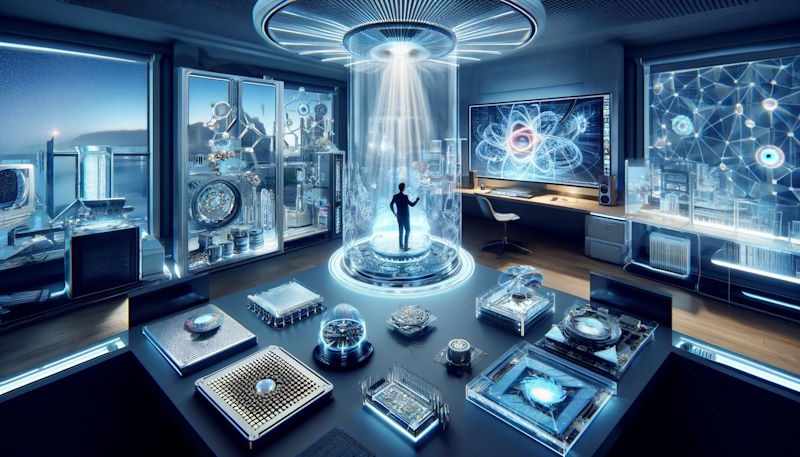Personal computers (PCs) are a big part of homes around the world. This device is used for our careers, to watch our favorite TV shows and to play video games. It was estimated that around 95% of all U.S. households will have at least one computer by the end of 2023.
As with all technology, however, PCs are constantly evolving and those available today are much more impressive than ones of the past. This $218 billion industry isn’t resting, though. New innovations are constantly trickling through and the PCs we know today may be vastly different in the future.
These changes will harness new technical developments to make user experiences better and prolong lifespan. Peripheral devices such as high-quality headphones can significantly enhance how we engage with multimedia content, whether for work, entertainment, or gaming. For those seeking the latest in premium sound quality, a range of top-tier headphones are available that offer immersive audio experiences, perfectly complementing any cutting-edge PC setup. But what are these changes and how will they impact the world of PCs?
Our guide should be able to answer those questions, so continue reading to see what we can expect from the future.
Glass technology
Enhanced glass technology is being developed by Intel. It’s designing the industry’s first glass substrates to scale transistors in a package and deliver data-centric applications.
This tech will have better thermal and mechanical stability and can support the likes of artificial intelligence.
Graphene replacing silicon
Silicon is currently used for PC chips but it’s reaching its limits in terms of capabilities. It can’t quite keep up with the speed demand and miniaturization, which has led to leakage and heat issues.
Graphene is a material that promises an exciting future for PC chips. Not only is it strong, but it’s also got better electrical and thermal conductivity. This use of this material could mean future chips are even faster and more efficient.
We’ve not arrived at a time when graphene is widely used, however. Issues with scalability and manufacturing integration are current limitations the industry is having to overcome.
Neuromorphic computing
With technology like AI advancing every day, it’s only natural that other machine learning would appear in PCs too. Neuromorphic computing is exactly that. This technology means PCs of the future can learn and adapt to your needs, ensuring better user experiences whenever you use the device.
Its capabilities using this type of computing include helping with work tasks, assisting your child’s homework, and creating realistic games for you to get lost in.
As you can see, the future is bright for the PC market, and you may have a bigger, better, and more exciting build in the years to come. Many upgrades can be made yourself if you buy new components from a reputable supplier like RS Americas. Just make sure you have the tools to modify your PC and use videos to learn how to safely make changes to your device.








